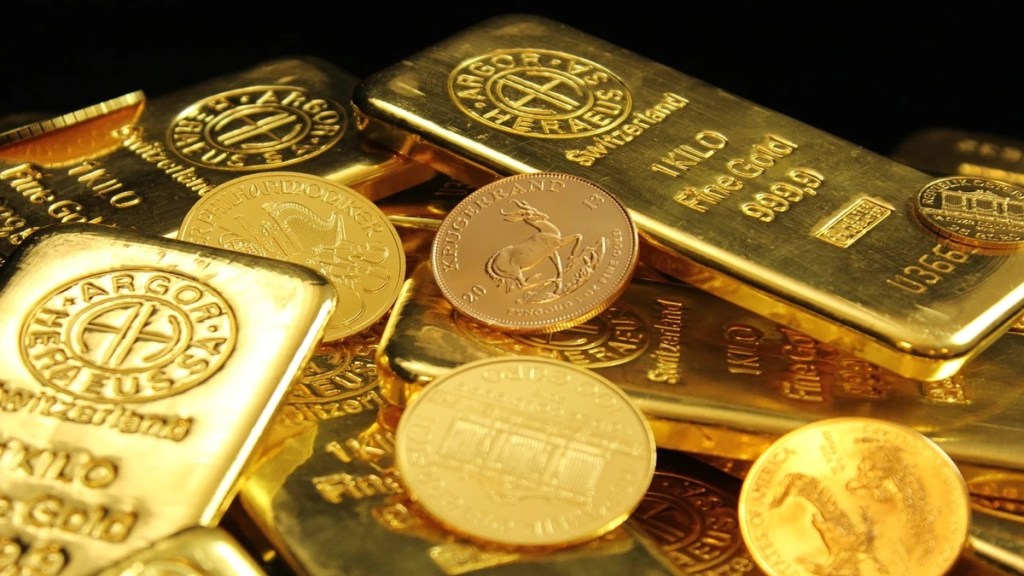India gained its independence from British rule in 1947 — embarking on a transformative economic journey. It became the fourth-largest economy in the world earlier this year with nominal GDP surpassing the $4 trillion mark. The prices of various commodities have also changed beyond recognition during the ensuing decades.
Many of the currency denominations used in 1947 have also been phased out or visibly updated — with fractional coins like anna, pice, and pies no longer in use. Only the 50 paise coin remains as legal tender in 2025 (with certain caveats) and the starting price for even the smallest of goods is typically Re 1 or above.
What was it like in 1947?
The situation is drastically different from 1947 — where milk was sold for 12 paisa and pure ghee was just Rs 2.5 per kilo. Sugar could be purchased for 40 paise per kilo, while potatoes were 25 paise and multiple kilograms of wheat could be purchased for one rupee. Many could manage household rations on a weekly budget of Re 1 — with incomes remaining proportionally modest.
Gold at Rs 8.8 per gram
Gold was selling for approximately Rs 88 per 10 grams in 1947 — a far cry from the Rs 1 lakh mark it hit earlier this year. The price of the yellow metal was influenced by the global fixed gold standard system and remained relatively stable at that point. A gradual tightening of gold imports to manage the economy and foreign exchange reserves had affected supply and demand after independence. The economic liberalization in the 1990s, changes in inflation, and demand patterns also led to fluctuations in price. This was coupled with global factors such as inflation, currency valuations, and geopolitical tensions.
Petrol for 27 paise and flight for Rs 140
Petrol would cost only 27 paise per litre and cars were considered a massive luxury. The situation was also similar for air travel with a flight between Delhi and Mumbai likely to cost Rs 140. Air India was the only carrier — having started its operations with a single route in 1936.

